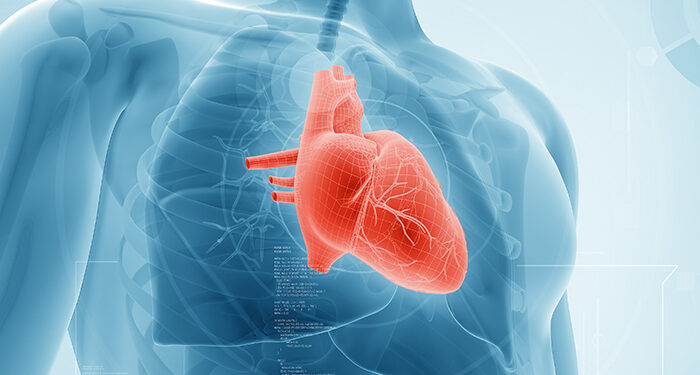
Cardiovascular disease incidence is increasing in the Middle East. Studies attribute this rise to socioeconomic development and a shift from rural to urban life. In addition, the studies also highlight the impact of lifestyle and fatty and sugar-rich dishes, both of which are associated with metabolic syndrome and heart disease.
Different studies confirm these trends. A group of researchers found that metabolism syndrome has an attributable risk of 11.7 per cent in the development of coronary heart disease. According to a systematic literature review, obesity prevalence in the Middle East was 24.5 per cent, while 15.6 per cent of the population may smoke cigarettes linked to cardiovascular disease.
Consequently, heart disease is becoming a significant health problem in the Middle East. However, technology is increasingly coming to aid. Here’s how:
Promoting a healthy lifestyle: According to the head of the Saudi Heart Association, Dr. Waleed Al-Habib, 45 per cent of Saudi deaths are due to heart diseases, most of which can be prevented. Hospitals can use multiple channels, such as social media, mobile applications, and newsletters, to raise awareness about maintaining a healthy lifestyle. Using tools to automate social media feeds and send out newsletters to at-risk populations regarding risks of obesity, smoking, and consumption of sugary and fatty foods can have a positive effect.
Related: Harness technology to detect heart diseases early
Identifying disease markers: With more than 30 per cent of the Saudi population at risk of developing heart diseases and many more elsewhere across the Middle East, identifying disease markers is essential. Identifying biomarkers early on can help divert resources and medical attention to at-risk populations. Three critical technological advances to identify disease markers are:
- Artificial intelligence (AI) and predictive analytics to analyse past healthcare data of patients and target patients with particular heart disease-related biomarkers.
- Equipping hospitals and labs with advanced diagnostic tools which identify heart disease markers.
- Making affordable heart disease screening devices widely available outside cities such as Riyadh and Jeddah.
Conducting regular screenings: Hospitals and health care providers must encourage patients to opt for regular screenings. This includes not only lab tests but also other kinds of evaluation. Protect Your Heart is one such initiative. Dedicated mobile applications can also be used to send reminders and notifications to patients and those at risk of getting screened for heart disease at regular intervals based on historical data and predictive analytics.
Providing timely care: Timely care can prevent heart attacks and further deterioration of heart health. Remote patient monitoring systems can help prevent disease progression and provide valuable information to treatment providers. In a country like Saudi Arabia, the applications of RPMs are vast.
Hospital and healthcare automation
Many studies have pointed out the importance of making healthcare more accessible to people at risk of developing heart disease. Providing reassurance and guidance and enabling telemedicine are effective strategies to ensure treatment adherence and continuance. However, hospitals and healthcare providers need better technology to do that.
Thankfully, multiple tools exist to automate patient communication, identify disease markers, and manage treatment. Moving forward, one can expect further development using technological tools to enhance heart health.

















